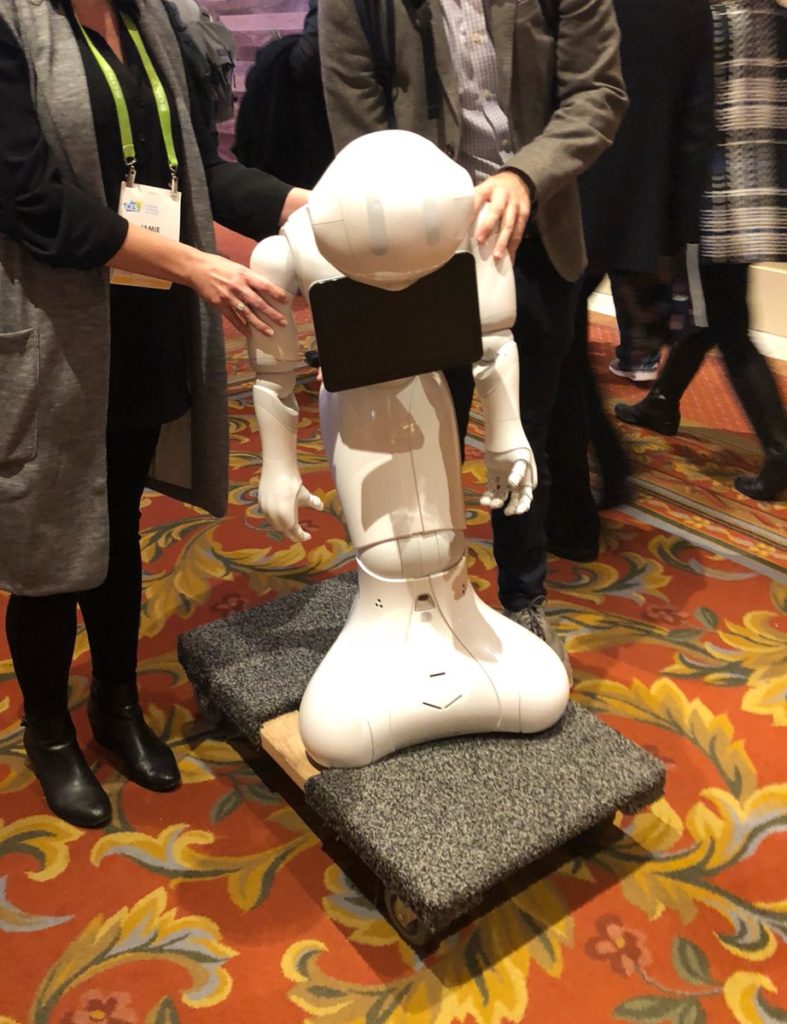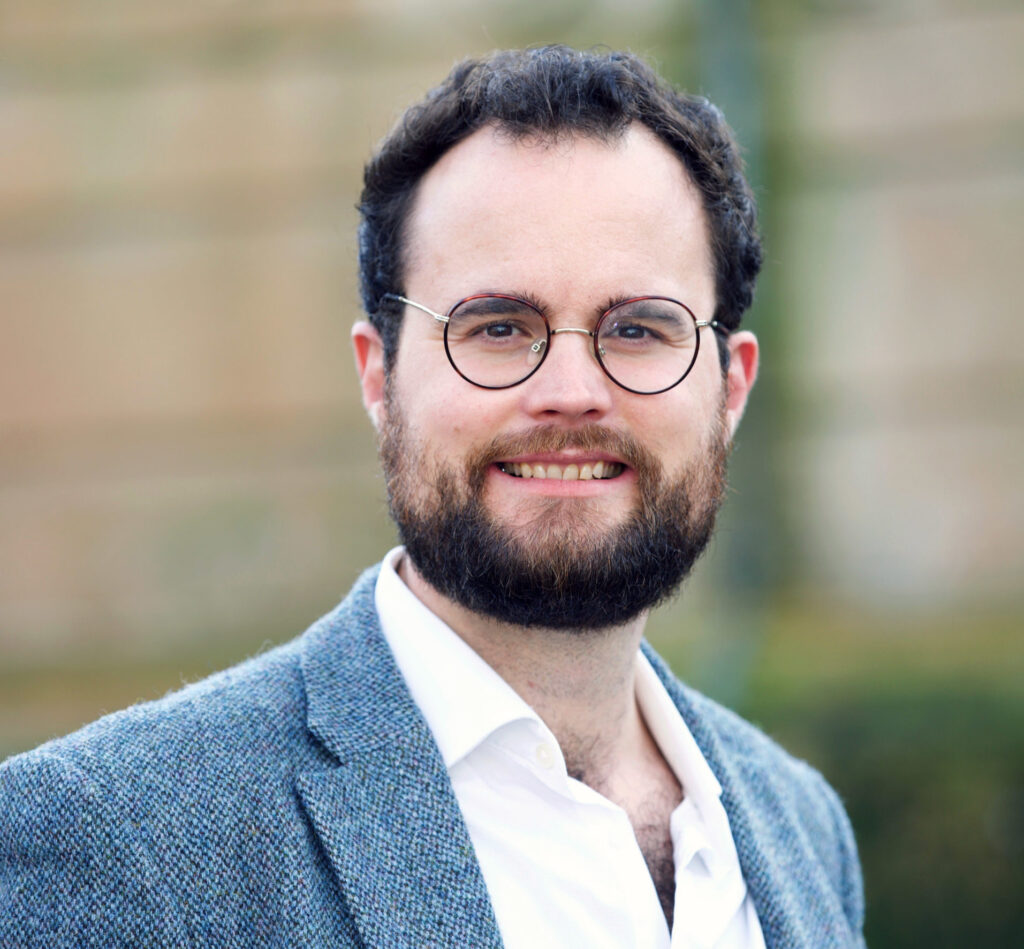 TTA has an open invitation to industry leaders to contribute to our Perspectives non-promotional opinion area. Today’s Perspectives is from Adam Hunter, CCO at Phlo Connect, an API-driven pharmacy infrastructure platform to deliver enhanced patient and clinician experiences. Phlo Connect integrates with prescribing technologies and digital health platforms used by the NHS and by private healthcare providers, from the initial consult and prescribing, and processes the request through to patient delivery. This article discusses how Vertically Integrated Micro-Providers (VIMPRO) can work in partnership to streamline NHS services using technology and telehealth.
TTA has an open invitation to industry leaders to contribute to our Perspectives non-promotional opinion area. Today’s Perspectives is from Adam Hunter, CCO at Phlo Connect, an API-driven pharmacy infrastructure platform to deliver enhanced patient and clinician experiences. Phlo Connect integrates with prescribing technologies and digital health platforms used by the NHS and by private healthcare providers, from the initial consult and prescribing, and processes the request through to patient delivery. This article discusses how Vertically Integrated Micro-Providers (VIMPRO) can work in partnership to streamline NHS services using technology and telehealth.
Interested in being a Perspectives contributor? Contact Editor Donna.
The NHS is in crisis: with staff vacancies currently exceeding 130,000, elective care waiting lists are predicted to exceed 10 million by March 2024, and up to 22,000 appointments are cancelled every single day.
Speaking at a King’s Fund conference in London earlier this month, NHS Chief Executive Amanda Prichard told delegates that demand on national health and care providers is rising so quickly that patients are not always getting the level of care they deserve. Highlighting a projected £7bn NHS budget shortfall, she went on to emphasise that “We’ve got to shift the model of care from one that does late diagnosis and expensive treatment to one that does faster diagnosis, better treatment and better value for the taxpayer in the process.”
Such a model, where all patients can access timely, preventative care without exorbitant cost, is one that every developed national healthcare system aspires to adopt. Navigating the practicalities and finding the capacity for transformation has to date stalled the full realisation of this. However, gathering pace in the past decade has been the VIMPRO model of healthcare delivery, which is increasingly proving to be a successful way of meeting the needs of underserved patient groups and alleviating pressures. At this time of critical need, could this model save struggling public systems from drowning in demand?
The VIMPRO model explained
A Vertically Integrated Micro-Provider (VIMPRO) is a telehealth provider focused on delivering an end-to-end service to a specific patient group. VIMPROs are characterised by excellent user experience and personalised clinician-led care, and are increasingly entering into partnerships with national healthcare providers (including the NHS) to help bridge gaps in service delivery.
One example of a successful existing VIMPRO model operating in partnership with the NHS to meet a previously unmet patient need is Leva Clinic. They are UK leaders in chronic pain management and medical cannabis treatment. The majority of their users pay to use their digital platform, where they access psychology consultations, nurse appointments, physiotherapy advice, prescription and direct-to-door medication delivery.
This is a big step in the right direction towards meeting the needs of the UK’s underserved pain patients, many of whom have spent years with inappropriate support owing to a shortage of pain specialists and lack of personalised treatment options.
Patient and system benefits
From the perspective of NHS leaders, the benefits of the VIMPRO model are multiple. Firstly, they provide an alternative point of access to care for patients who’d otherwise need to be seen by GPs and referred on to NHS consultants. This frees up system capacity and cuts wait times and workloads. Secondly, VIMPROs provide the education and information that their specific patient group needs to manage their condition and improve their outcomes. This reduces the burden of ill health on the NHS further down the line. And thirdly, when VIMPROs are integrated properly with NHS systems, all the information about the patient’s care can be tracked in their electronic record without adding to practitioners’ admin burden.
The VIMPRO model also offers multiple benefits to patients. Convenience and timeliness of access to healthcare are primary amongst these, as they remove the barriers of geography and waiting lists that obstruct care in the NHS. Patients can be quickly connected to leading specialists and prescribers anywhere in the county, and don’t even have to leave their homes to collect their medication. In addition, accessing remote care through a VIMPRO model means that patients who are reluctant to engage with local services for support – perhaps because of stigma around their condition – are offered an alternative source of care that’s entirely virtual and distinct from other NHS services. Finally, VIMPROs often take on the responsibility of creating education materials and championing the needs of their patient vertical. For example, men’s health VIMPRO Numan hosts a medically-reviewed blog delivering advice on weight management, erectile dysfunction, hair loss, mental health and other under-discussed men’s health issues.
The future of NHS care delivery?
There is no single solution that can fix the problems facing the NHS and other public health systems around the world. Replacing the core of NHS services with a network of VIMPROs is an unrealistic proposition that would be extremely difficult to achieve. However, carefully planned VIMPRO partnerships have already proven to be effective at redirecting patient demand to where it can be successfully dealt with.
If the right streamlined system integration and tailored digital infrastructure is put in place, patients and clinicians can enjoy seamless and convenient experiences. This means no clunky transition between platforms and service providers: from first consultation to the arrival of medication on the doorstep of the patient.
Global health needs, and our expectations of healthcare, are constantly evolving. Only by constantly evolving the models of care delivery will we be able to keep up, and right now, that means embracing the opportunities of the VIMPRO model and making it work as well as we possibly can.
 2022, with all its drama, is near its exhausting end. This Editor will share with Readers a sigh of relief along with some mindful drinking and eating–most of the time.
2022, with all its drama, is near its exhausting end. This Editor will share with Readers a sigh of relief along with some mindful drinking and eating–most of the time. 




















Most Recent Comments